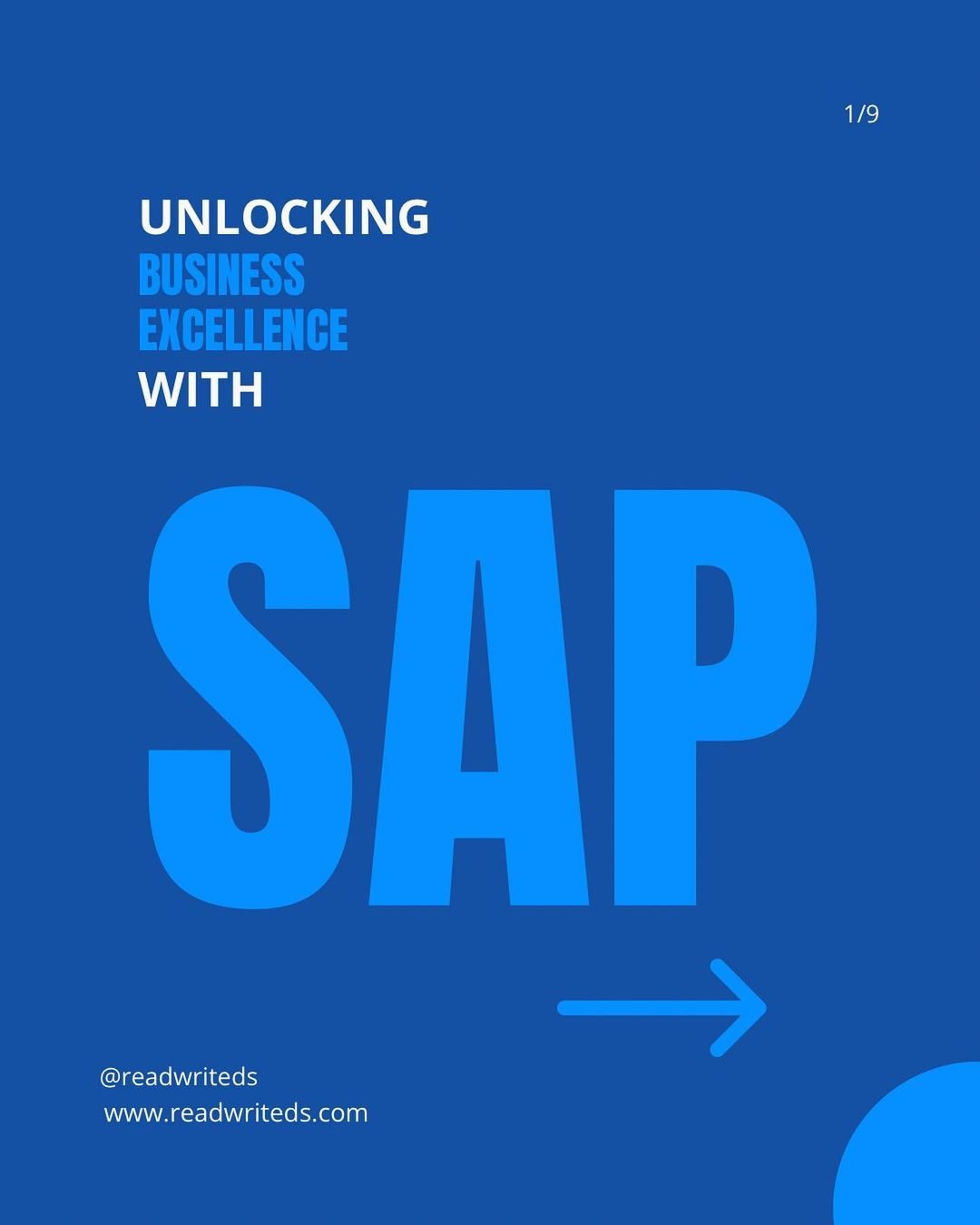
Implementing DaaS in Your Business: Tips for a Seamless Transition
Data as a Service (DaaS) is revolutionising the way businesses manage and utilize data, offering a cloud-based, on-demand solution that’s scalable, flexible, and cost-effective. However, implementing DaaS requires careful planning and execution to ensure a seamless transition. In this article, we’ll share valuable tips to help your business successfully implement DaaS and reap its benefits.
1. Assess Your Data Needs
Before implementing DaaS, assess your organisation’s data requirements. Identify the types of data you need, the frequency of updates, and the level of data governance required. This will help you choose the right DaaS provider and configure the solution to meet your specific needs.
2. Choose the Right DaaS Provider
Select a DaaS provider that aligns with your business goals and offers the necessary features, scalability, and security. Research their data management expertise, customer support, and integration capabilities to ensure a smooth transition.
3. Develop a Clear Data Strategy
Define a clear data strategy that outlines how DaaS will support your business objectives. Establish data governance policies, ensure data quality, and define user roles and access controls to guarantee secure and efficient data management.
4. Plan for Integration
DaaS integration with existing systems and applications is crucial. Plan for API integrations, data mapping, and workflow automation to ensure a seamless transition and minimise disruptions.
5. Train Your Team
Provide comprehensive training for your team on DaaS usage, data management, and analytics tools. This will ensure a smooth transition and empower your team to maximize the benefits of DaaS.
6. Monitor and Optimize
Continuously monitor your DaaS implementation and optimize it as needed. Track data usage, performance, and security to identify areas for improvement and ensure optimal ROI.
7. Ensure Data Security and Compliance
Data security and compliance are critical. Ensure your DaaS provider offers robust security measures, such as encryption, access controls, and auditing, to safeguard sensitive data and maintain regulatory compliance.
8. Leverage Advanced Analytics
DaaS provides advanced analytics tools. Utilize these tools to gain valuable insights, identify trends, and make data-driven decisions that drive business growth.
9. Continuously Evaluate and Improve
Regularly evaluate your DaaS implementation and identify areas for improvement. Stay up-to-date with the latest DaaS trends, features, and best practices to ensure your business remains competitive and agile.
By following these tips, your business can successfully implement DaaS, streamline data management, and unlock the full potential of your data assets. Embrace the power of DaaS and propel your business forward in today’s data-driven landscape.




